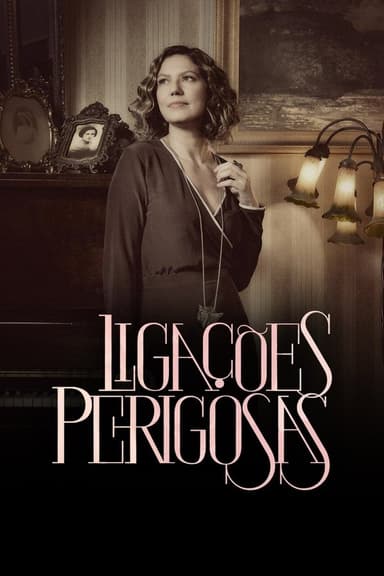
Dangerous Liaisons
2003 • Drama • NR
Updated adaptation of Choderlos de Laclos' classic 18th Century tale of seduction, betrayal and revenge set in the modern 1960s world of Parisian high society. The beautiful Madame de Merteuil seeks vengeance against her ex-lover Gercourt when he becomes engaged to her young goddaughter, Cécile.
Why you should read the novel
Before you watch the TV series adaptation, immerse yourself in the original classic, Les Liaisons dangereuses by Pierre Choderlos de Laclos. The novel’s timeless exploration of seduction, manipulation, and power among French aristocracy delivers a reading experience far deeper than any screen adaptation can provide. Revel in the intricate epistolary narrative that allows you direct access to each character’s subterfuge, motivations, and moral failings, elevating your understanding of the dangerous games they play.
Adaptation differences
One of the most significant differences between the Dangerous Liaisons (2003) TV series and the novel, Les Liaisons dangereuses, is the storytelling format. While the book unfolds entirely through an epistolary structure—composed of letters exchanged among the key players—the adaptation transforms this intimacy into dramatic scenes and dialogues, often simplifying or altering the intricate layers of manipulation. Additionally, the TV series streamlines subplots and secondary characters, focusing primarily on the central relationships for narrative clarity, whereas the novel offers a broader view of the social web that entraps the protagonists.
Another distinct difference lies in character development and motivation. The book presents a more nuanced and sometimes ambiguous portrayal of characters’ morality, leaving much for readers to interpret through their letters. In contrast, the TV series tends to clarify motivations with explicit scenes, which may diminish the sense of ambiguity and psychological depth so critical to Laclos’s original work. The adaptation also tends to heighten or romanticize certain relationships, occasionally deviating from the colder, calculated games depicted in the novel.
The setting and period details can shift as well. While the original novel meticulously references the customs, etiquette, and fashions of late 18th-century France, adaptations for television often use visual shorthand and sometimes incorporate modern touches to engage contemporary audiences. These changes, though visually impressive, can lack the authenticity and subtle critique of French aristocratic society that Laclos so masterfully offers in his writing.
By reading Les Liaisons dangereuses, you experience the full complexity of the original’s language, irony, and social commentary—a richness that is inevitably lost or altered in screen versions. Delving into the book empowers you to appreciate every nuance of the plot and the psychological intricacies that have fascinated readers for over two centuries, offering a truly rewarding literary journey.
Dangerous Liaisons inspired from
Les Liaisons dangereuses
by Pierre Choderlos de Laclos











